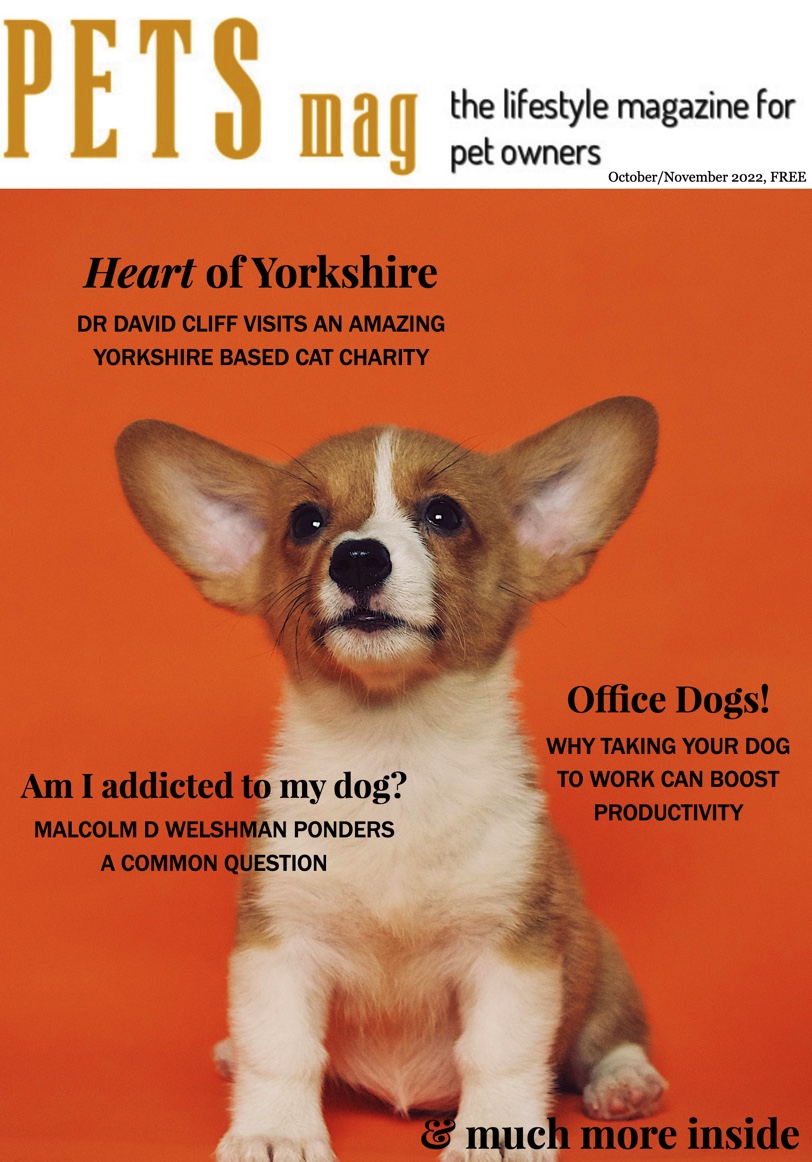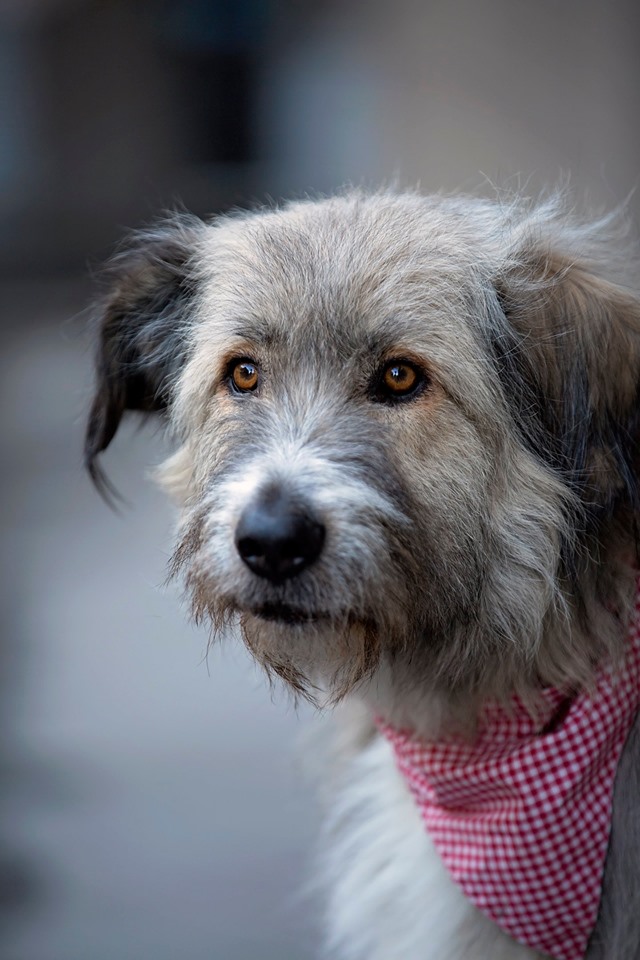Pets Magazine October/November 2022 – Still FREE to read and packed full of stories and features. This month, our regular… read the article
OUT NOW: Pets Magazine October|November 2022


Pets Magazine October/November 2022 – Still FREE to read and packed full of stories and features. This month, our regular… read the article

Pets Magazine August/September 2022 – Still FREE to read but packed full of stories and features for pet people. This… read the article

We meet Tess Eagle Swan and Kratu, the rescue dog who represented Woodgreen, the Animals Charity, in the Rescue Dog… read the article
In advance of tomorrow’s second instalment of The Supervet’s fascinating new TV series ‘Bionic Specials’, we speak to Professor Noel… read the article
A chart-topping record producer behind some of the UK’s biggest hits has finally revealed the secret of his success —… read the article
Twenty uniquely different dogs star in a new film narrated by Sir Michael Gambon – best known for playing Albus… read the article
By MARIE CARTER, Editor of Pets Magazine The market for technology for our pets, or ‘pet tech’, including wearables such… read the article